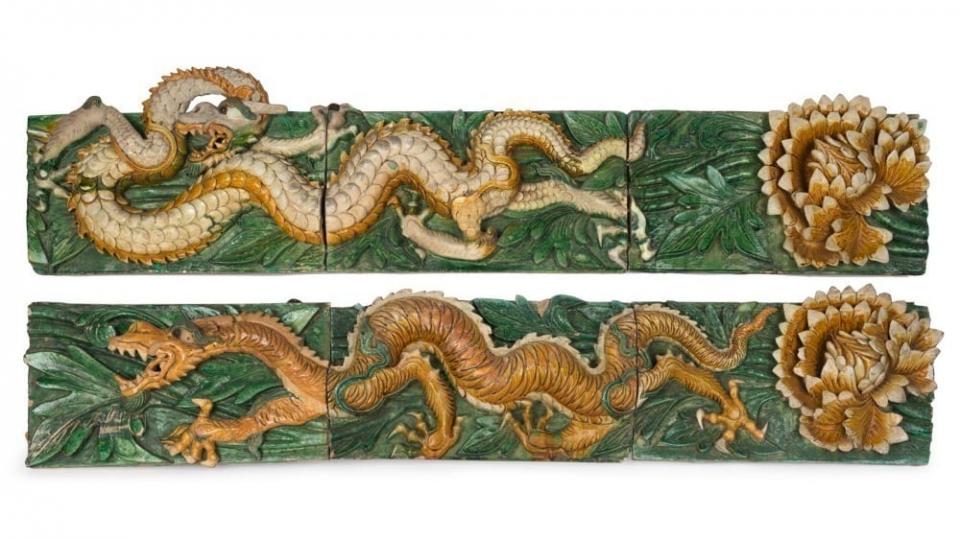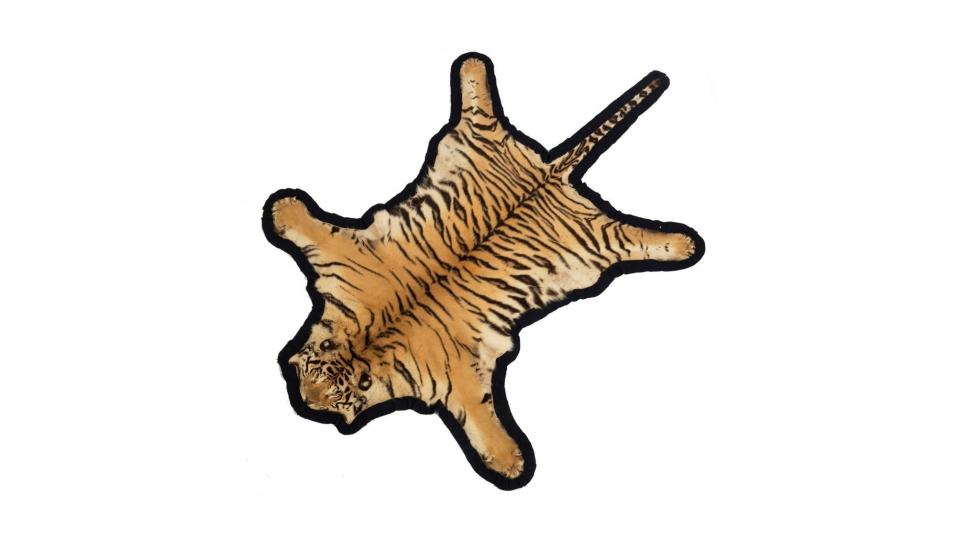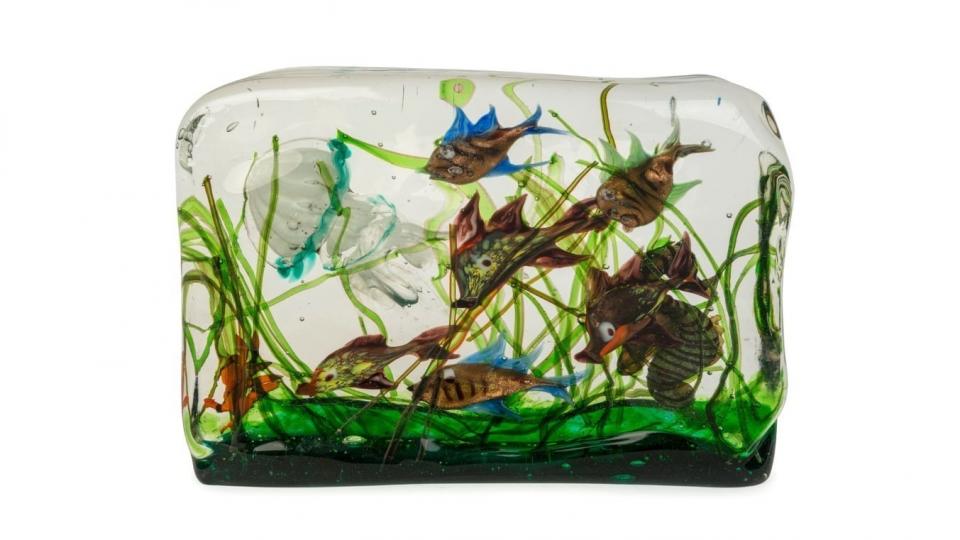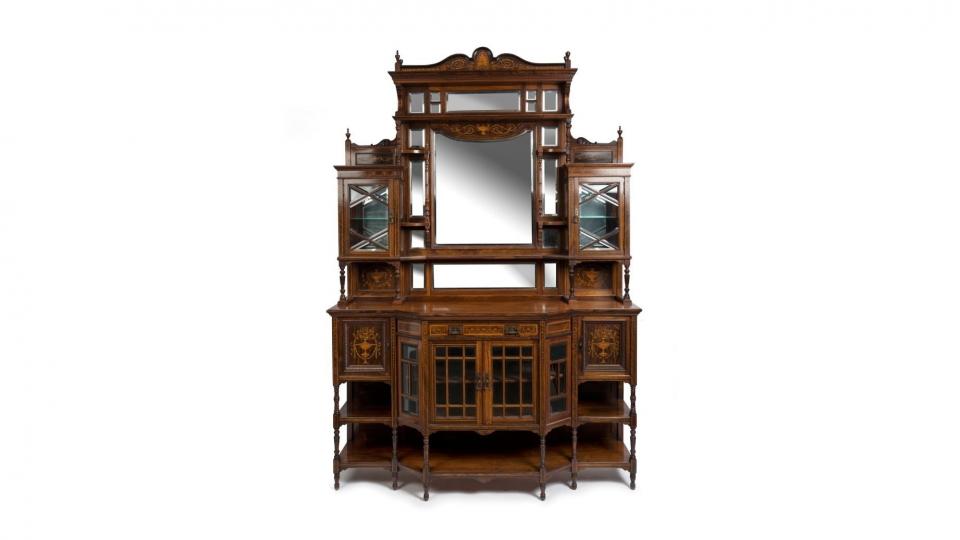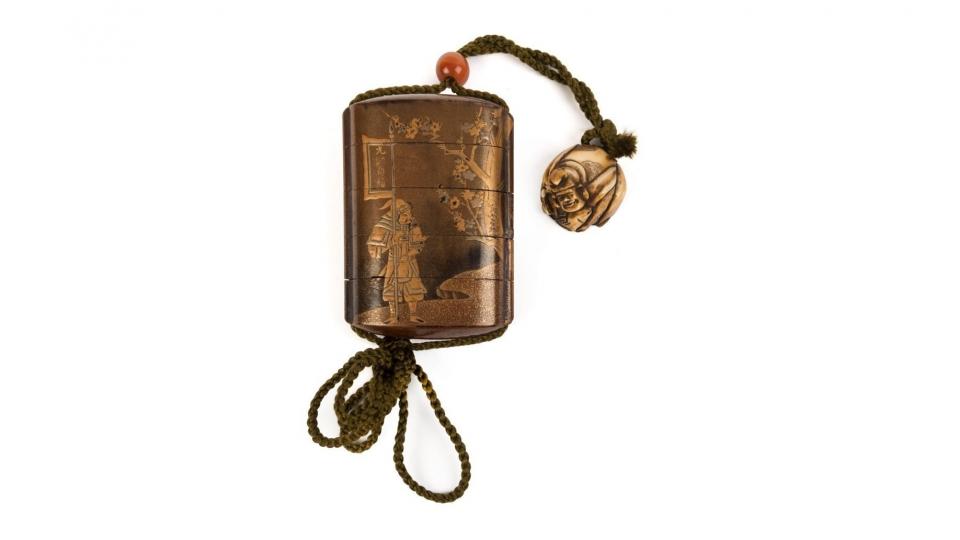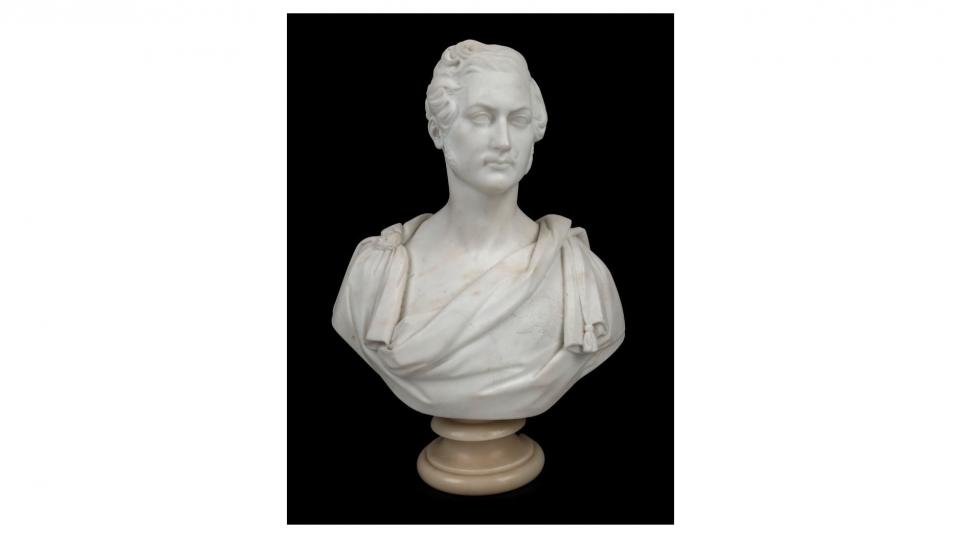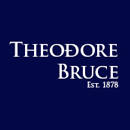Submitted by aarAdmin on Wed, 11/09/2022 - 00:00
A comprehensive mix of items appealed to auction goers at Melbourne-based Leski Auctions two-day decorative arts and collectables sale on November 5 and 6 led by a stunning pair of antique Chinese 17th century late Ming or early Qing Dynasty ceramic architectural panels with green and gold dragon decorations (lot 348) that sold for $14,500 on a $4500-$5500 catalogue estimate.
In second spot was a vintage Bengal tiger skin rug from the firm Vaningen & Vaningen in India’s Mysore city with an accompanying Commonwealth of Australia statutory declaration (lot 918) that was knocked down for $13,000.
Any works by master Murano glass artist Alfredo Barbini (1912-2007) – one of the company’s leading 20th century figures – are always highly prized and the Cendenese aquarium fish block adorned with seahorse, jellyfish and fish (lot 317) was no exception, selling for $7000.
Furniture also got into the act with an exhibition quality cabinet from the 1880 “Lady’s Boudoir” London East End industrial exhibition (lot 845) a case in point and changing hands for the same figure.
Made by Maple and Co of Tottenham Road Court, Melbourne Carlton Brewery’s Edward Latham purchased the cabinet for his Italianate style mansion Raheen in Kew.
The veneered rosewood piece is beautifully crafted in the Sheraton revival manner and inlaid with classic garlands, swags and urns.
Almost as much ($6500) was paid for a 19th century Edo Period Japanese black agate ojime and carved figural ivory netsuke by artist Mei Otoyuki (lot 478) .
The netsuke is adorned with famous warrior Kazusue Kajiwaraa who fought in the Genji camp and shows him with a plum branch in his quiver on one side and bearing a pennant on the other.
The Tale of Genji is a classic work of Japanese literature written in the early 11th century by noblewoman and lady-in-waiting Murasaki Shikibu and is a unique depiction of high courtier lifestyle during the Heian Period.
The work recounts the life of Hikaru (or Shining) Genji, the son of ancient Japanese emperor Kiritsubo, and a low-ranking concubine called Kirtsubo Consort.
For political reasons, Genji is removed from the line of succession and demoted to a commoner where he then pursues a career as an imperial officer.
Regarded as the world’s first novel, the tale concentrates Genji’s romantic life and customs of the aristocratic society at the time.
The same price was paid for British artist John Francis (1780-1861) 1842 carved marble torso statue entitled Prince Albert (lot 669).
Three examples of this are known, with one held by London’s National Portrait Gallery and the other by The Drapers Company.
An antique 18th century Chinese bronze Foo dog censer (lot 376) was another attraction along with an 1816-17 Georgian sterling silver cutlery set by London makers Sydenham William Peppin that respectively sold for $5500 and $4800.
